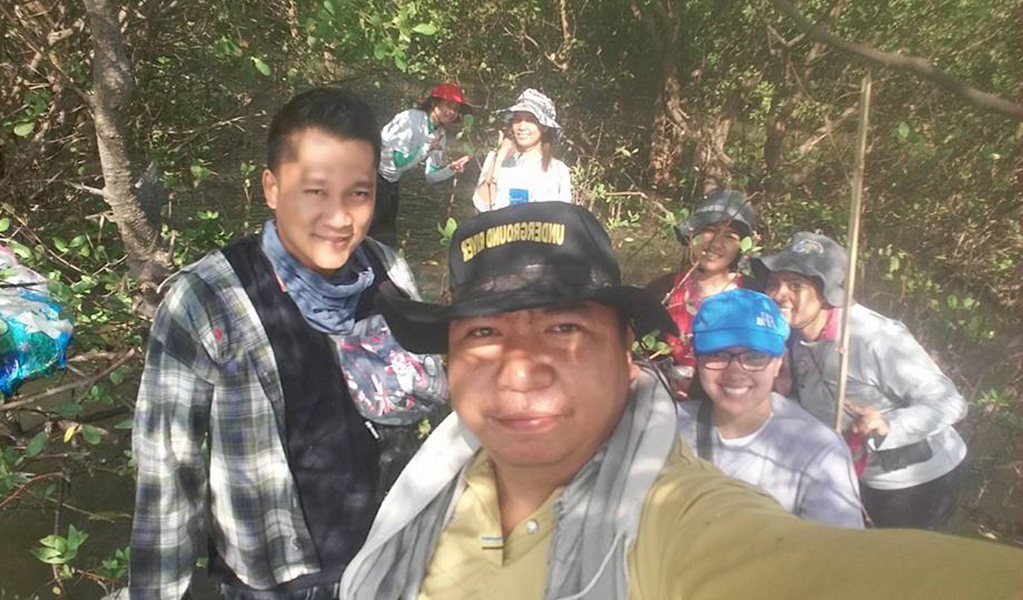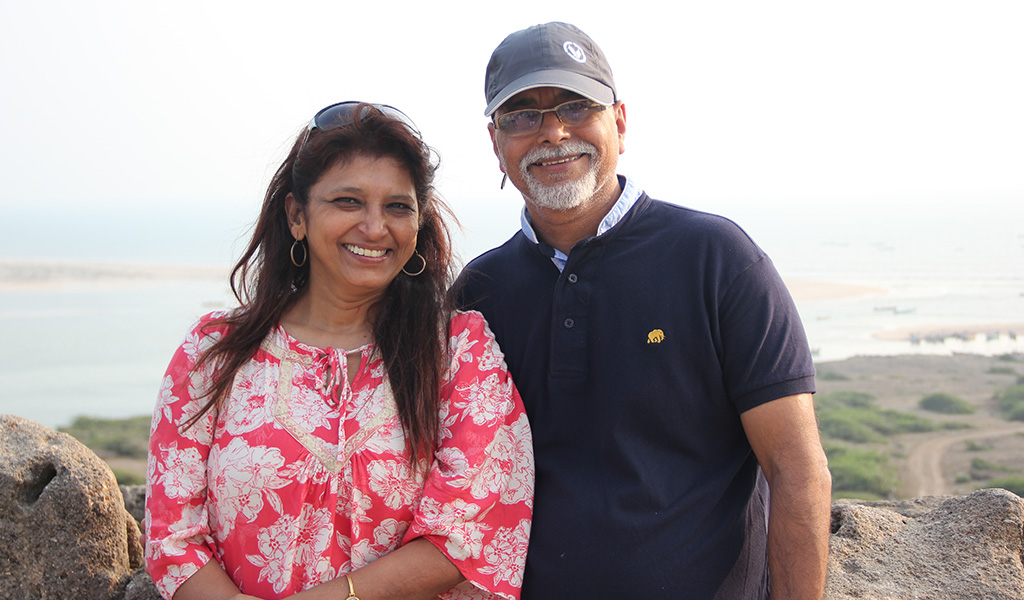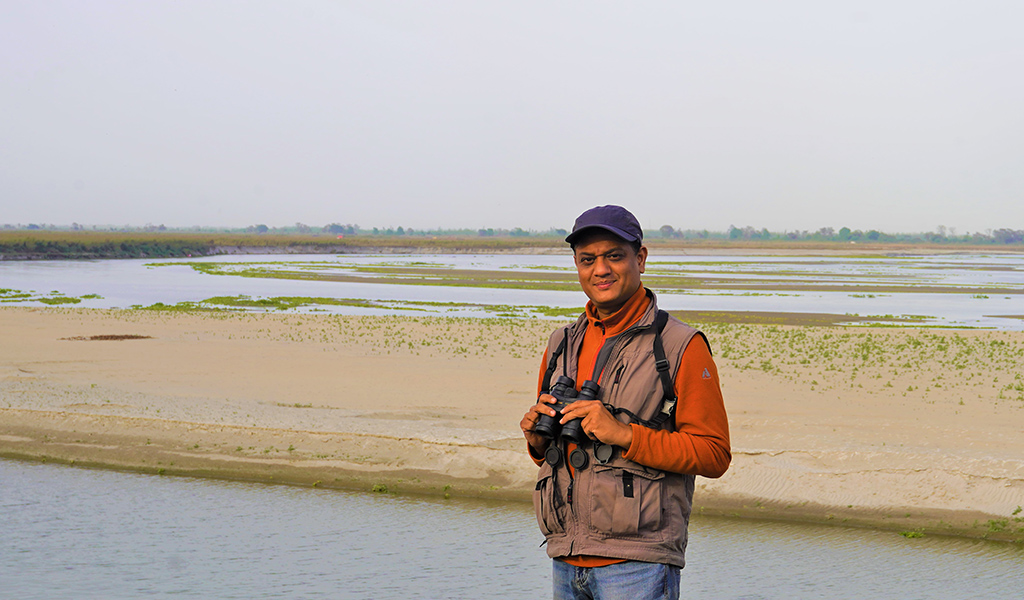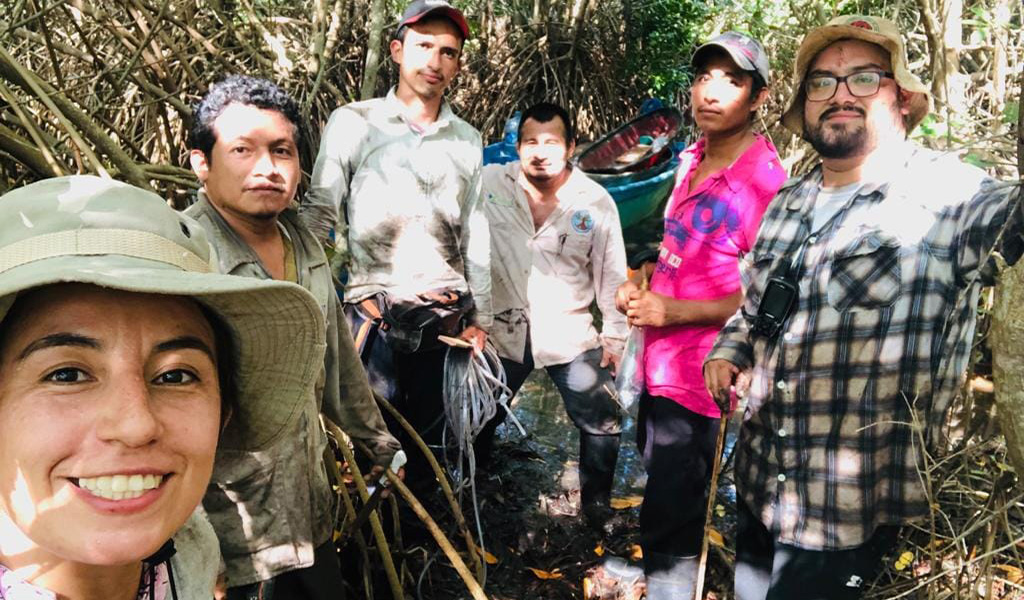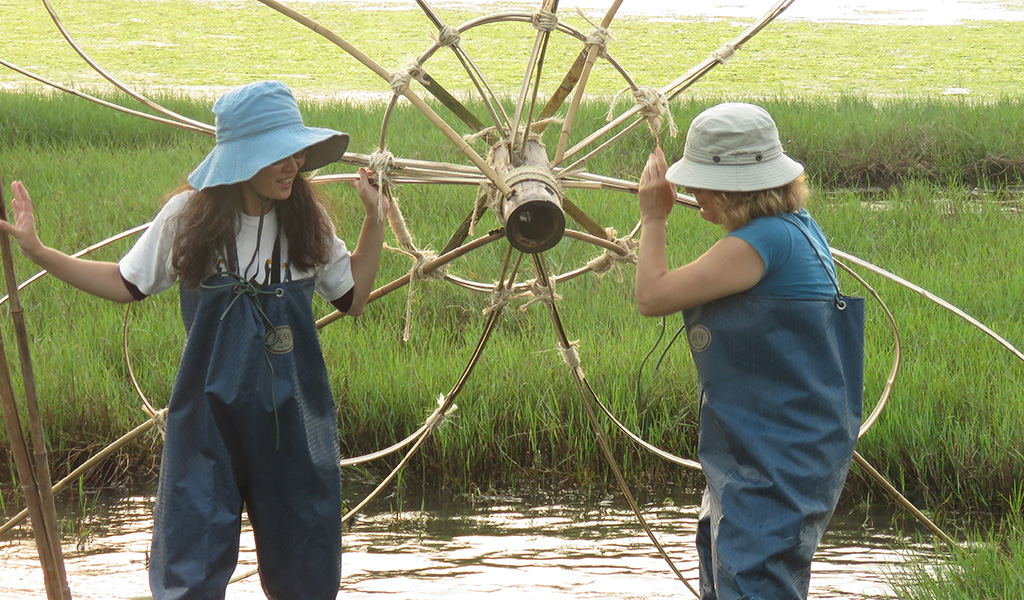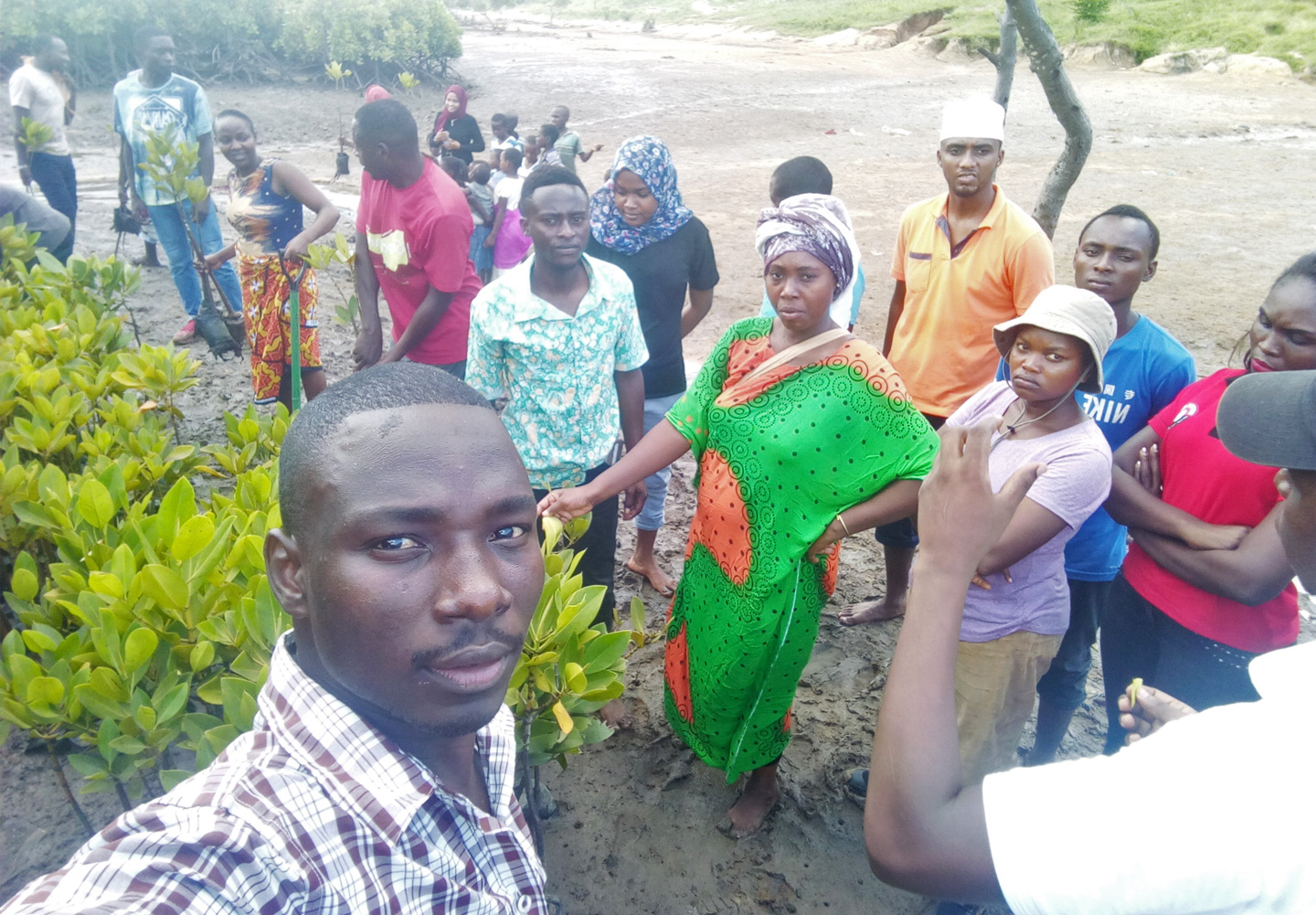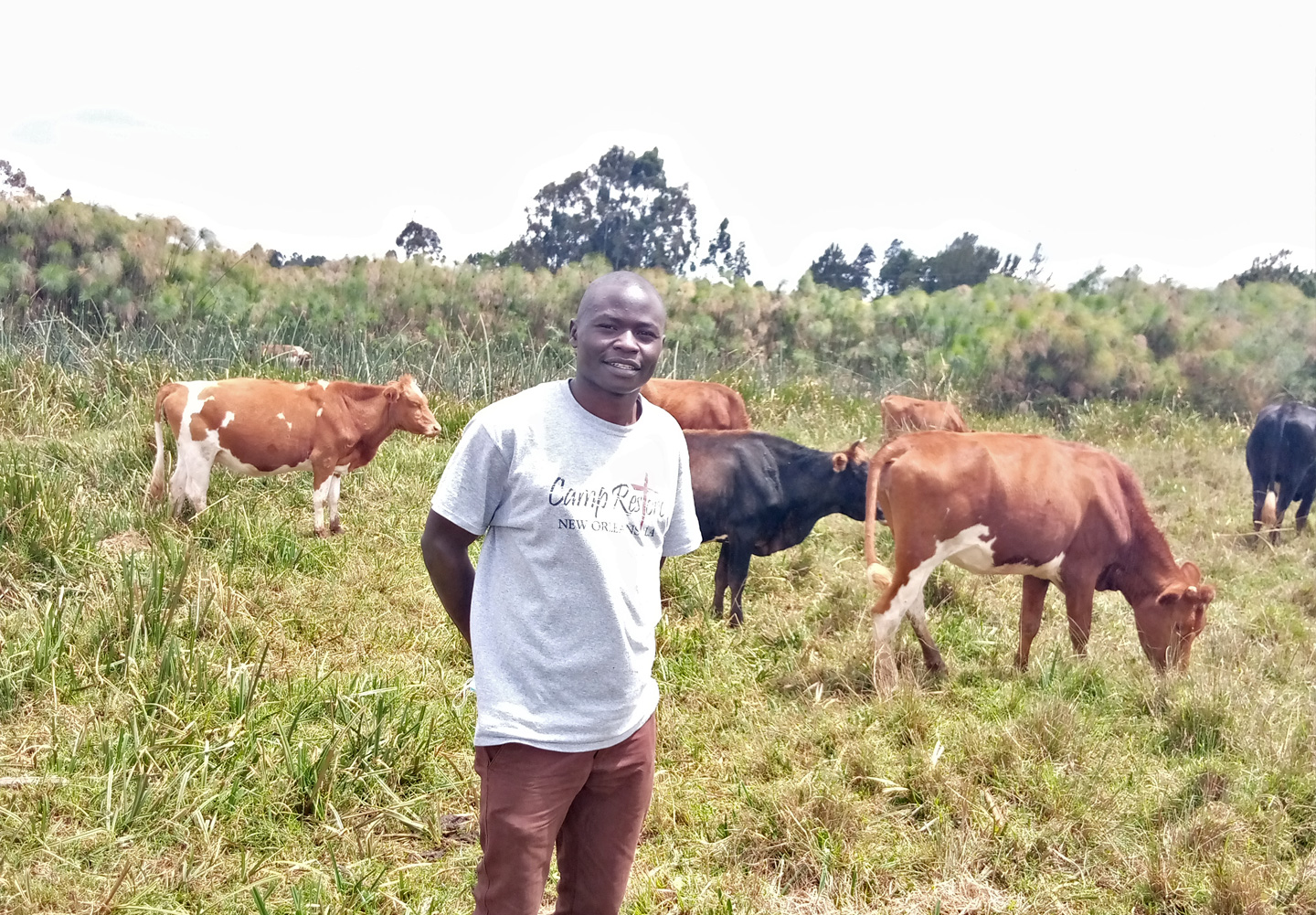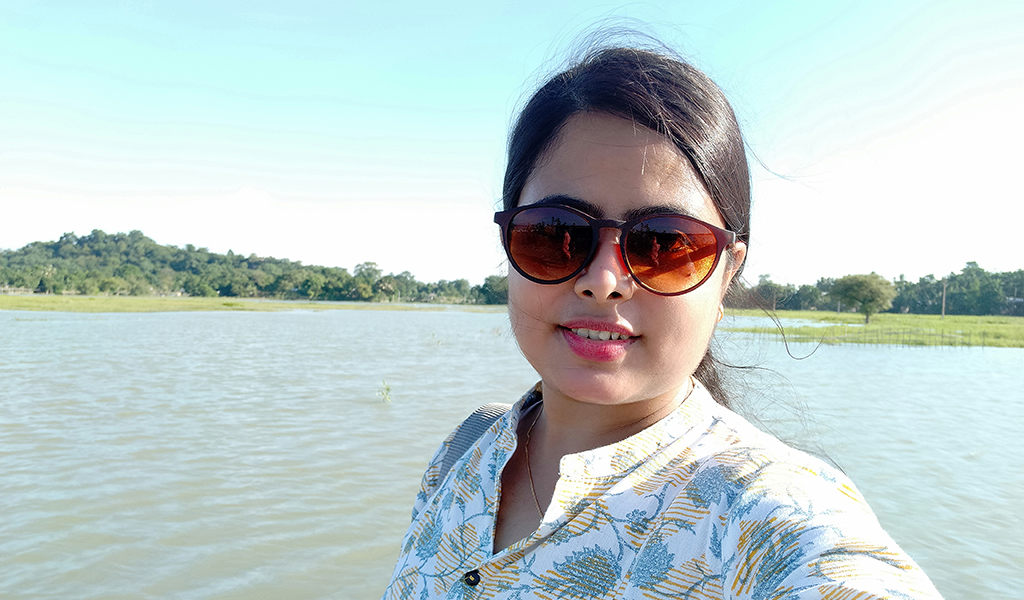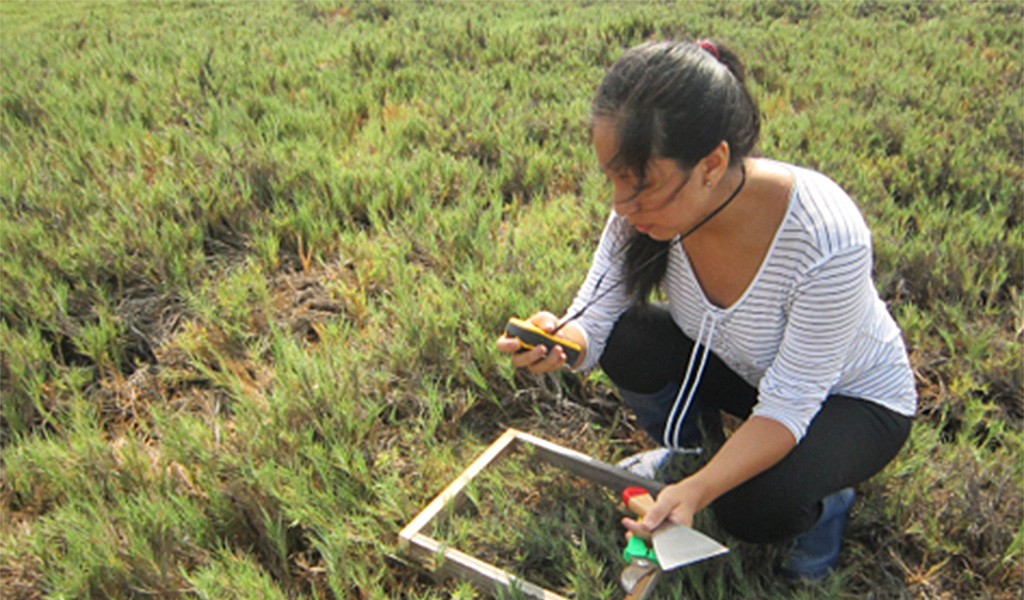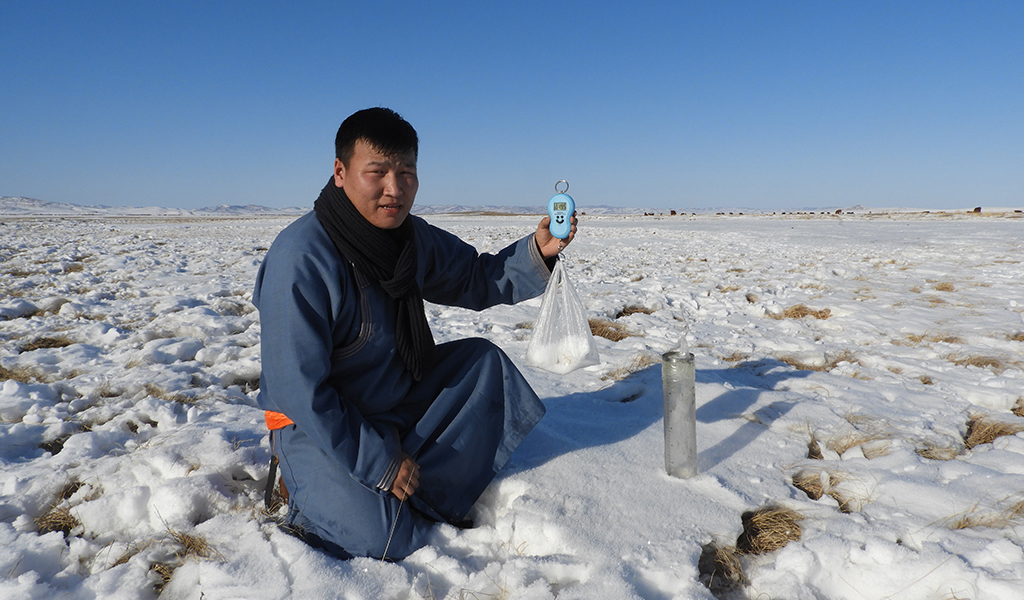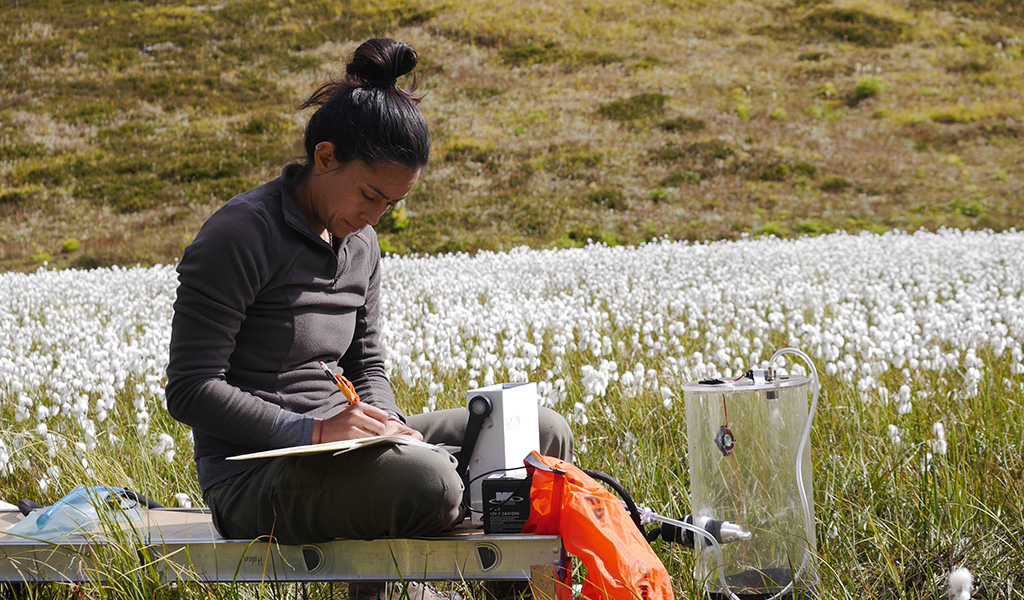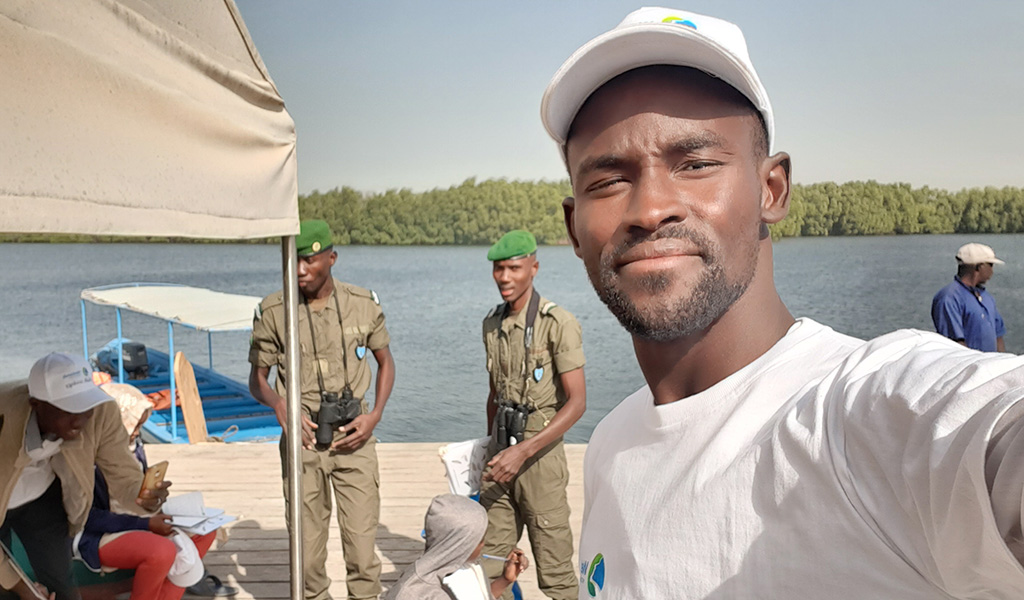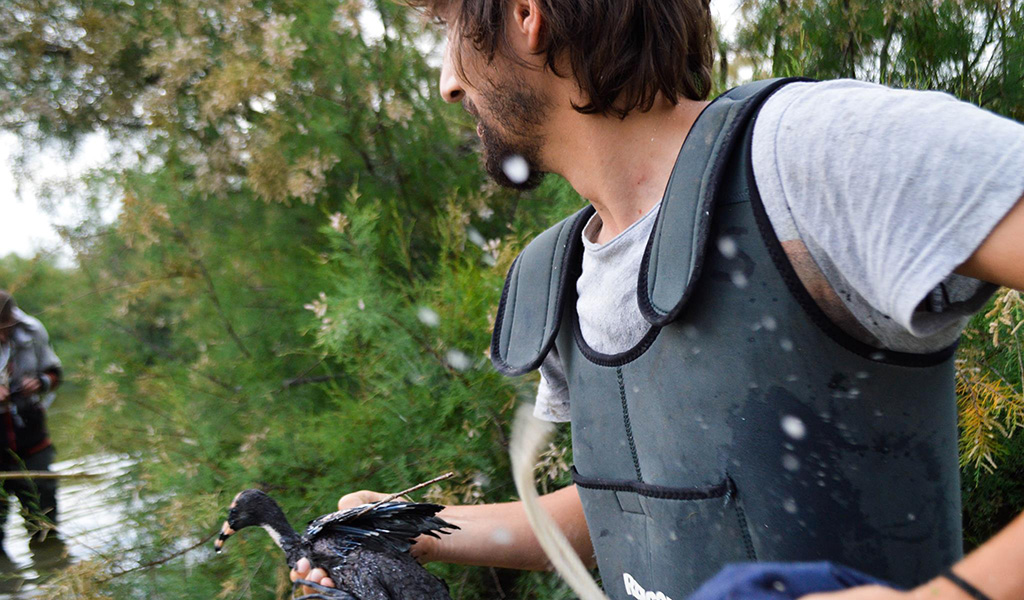When it comes to conservation, providing alternative livelihoods and getting communities involved is often the key to stopping habitat and ecosystem damage. It’s something that Jayson Salenga, a 36-year old ecotourism officer, has embraced as part of his remarkable work in Sasmuan, an area in the Manila Bay, the Philippines.
“Over the years, I observed a significant decline in fish production due to mangrove degradation, land conversion, and pollution making the area vulnerable to the effect of climate change resulting in massive flooding.”
The Sasmuan Bangkung Mapalad Critical Habitat & Ecotourism Area, lies along the banks of the Pampanga River, winding along to fringes of Manila Bay. The areas extensive mangroves and mudflats are the breeding and feeding grounds of more than 20,000 migratory birds. With an abundance of fish, crabs and shrimp, it’s little surprise that such fishing activity supports 85% of the local economy.
But, despite this natural bounty, the wetland is under pressure – from the over-exploitation of natural resources by a growing population, who are increasingly turning to cutting mangroves and using illegal fishing methods to earn a living. Deforestation, however, reduces the productivity of the natural resources base and affects food security. Pollution is also an issue since the wetlands are a dumping ground for domestic waste, which is often burned.
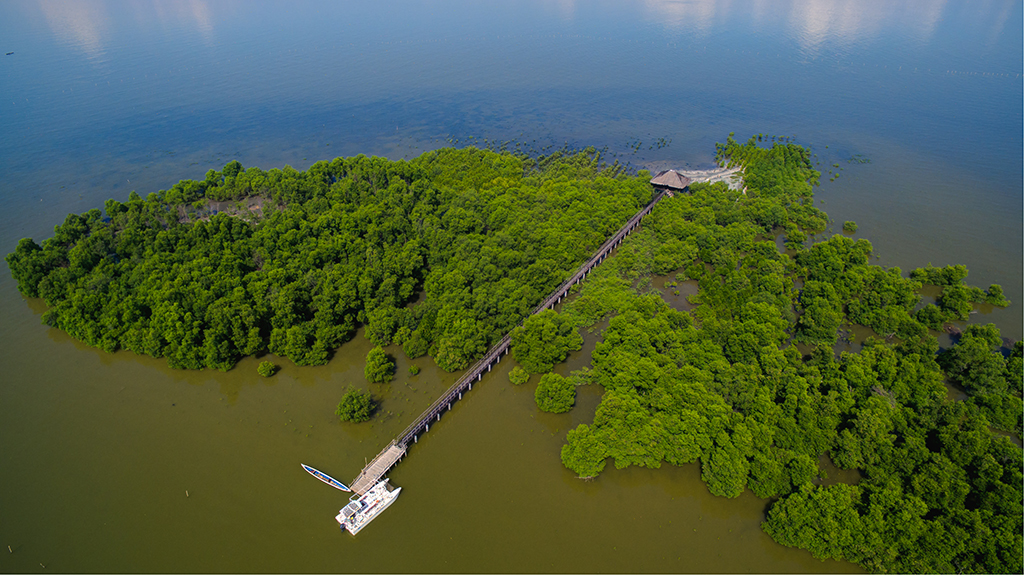
Bangkung Malapad the gemstone hidden in the heart of Pasac River.
“Over the years, I observed a significant decline in fish production due to mangrove degradation, land conversion, and pollution making the area vulnerable to the effect of climate change resulting in massive flooding,” Jayson says. “We often upgrade our houses, but no one notices why we still experience flooding because they see it as normal in the coastal area,” he adds.
With this in mind, Jayson became a community volunteer to help raise awareness of the importance of a healthy wetland. He has since been supporting research, bird census, and mangrove restoration projects working to protect the area.
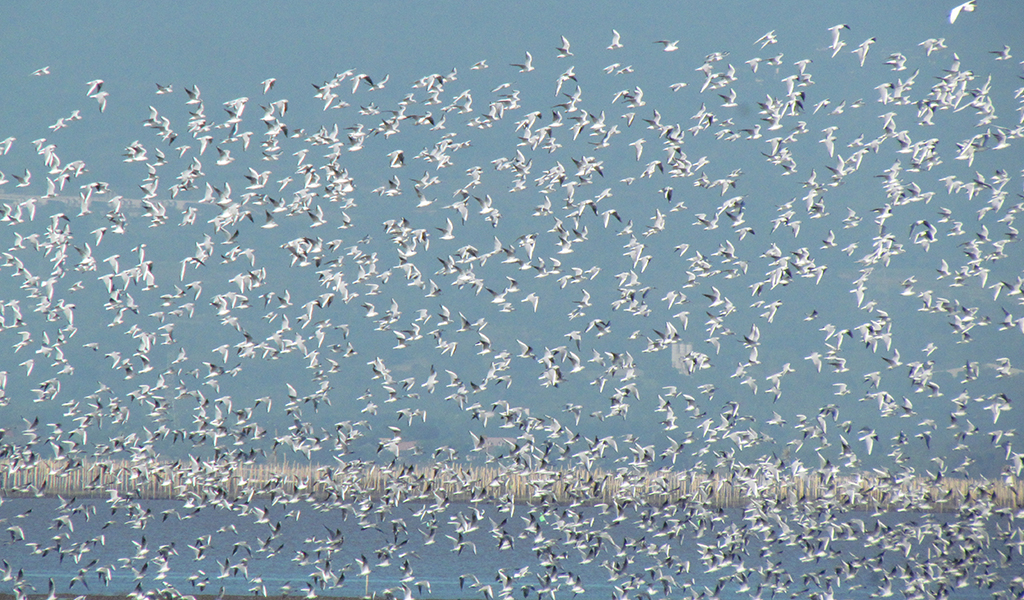
A large bird flock in the Sasmuan area.
In January 2013, he became the tourism officer of Sasmuan. With its majestic views and astonishing wildlife, he soon saw the potential of the area as an eco-tourism destination. This led to a bold proposition. Jayson says: “Bangkung Malapad is a gemstone hidden in the heart of Pasac River draining into the Manila Bay. On the mudflat there are lots of waders resting and eating small fish and shellfish. The importance of the habitat to the birds became clear to me, so, I endorsed it to our local government official who passed a resolution and submitted a proposal declaring the area a critical habitat for migratory birds to the Department of Environment and Natural Resources.”
These days, Jayson is busy working with local communities, NGOs, fisherfolk, boat operators and women’s groups to help provide alternative livelihoods to those that are damaging to the wetlands. People can get training to become tourist guides, boat operators for eco-tours or as a local coast guard. Also, people manufacture souvenirs and native products of Sasmuan.

Sunset at the Sasmuan wetland during low tide.
“We work with the local communities to provide sustainable livelihoods. Several women’s groups manufacture mangrove apple candy. Local people now work to protect the wetland against destructive activities,” Jayson shares. Community volunteers support with monitoring of biodiversity and the survival and growth of mangroves, as well as regular clean-ups of the mudflats.

After the storm Glenda.
In 2014, tropical storm Glenda struck the whole coastal area of Sasmuan with major damages to infrastructures, houses and livelihoods. This compelled Jayson to get involved in mangrove restoration to bring back this natural buffer against coastal hazards. With help from national government agencies, research bodies and companies to fund and implement restoration activities, 13 hectares of Bangkung Malapad are now once again covered with mangroves.
Jason’s remarkable work has helped inform and educate others on the importance of mangroves in the Philippines and protect people in local communities that rely on the wetlands. “There is so much beauty in conserving wetlands. My goal is that the Sasmuan Pampanga Coastal Wetland will be protected, conserved and we will maintain the coastal resources while conserving biodiversity, supporting sustainable commercial and community-based development, organising and empowering the communities. There is so much to be done in Sasmuan Bangkung Malapad and in the whole coastal area of Sasmuan,” he says.




